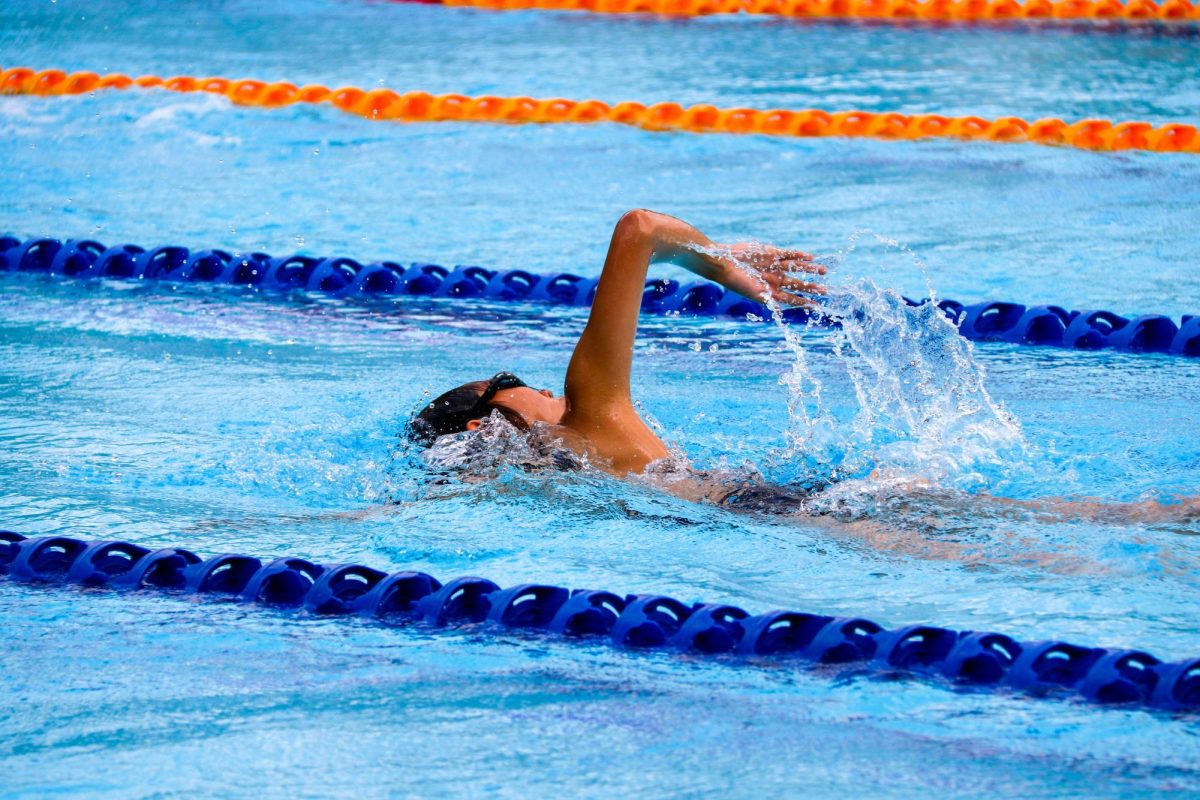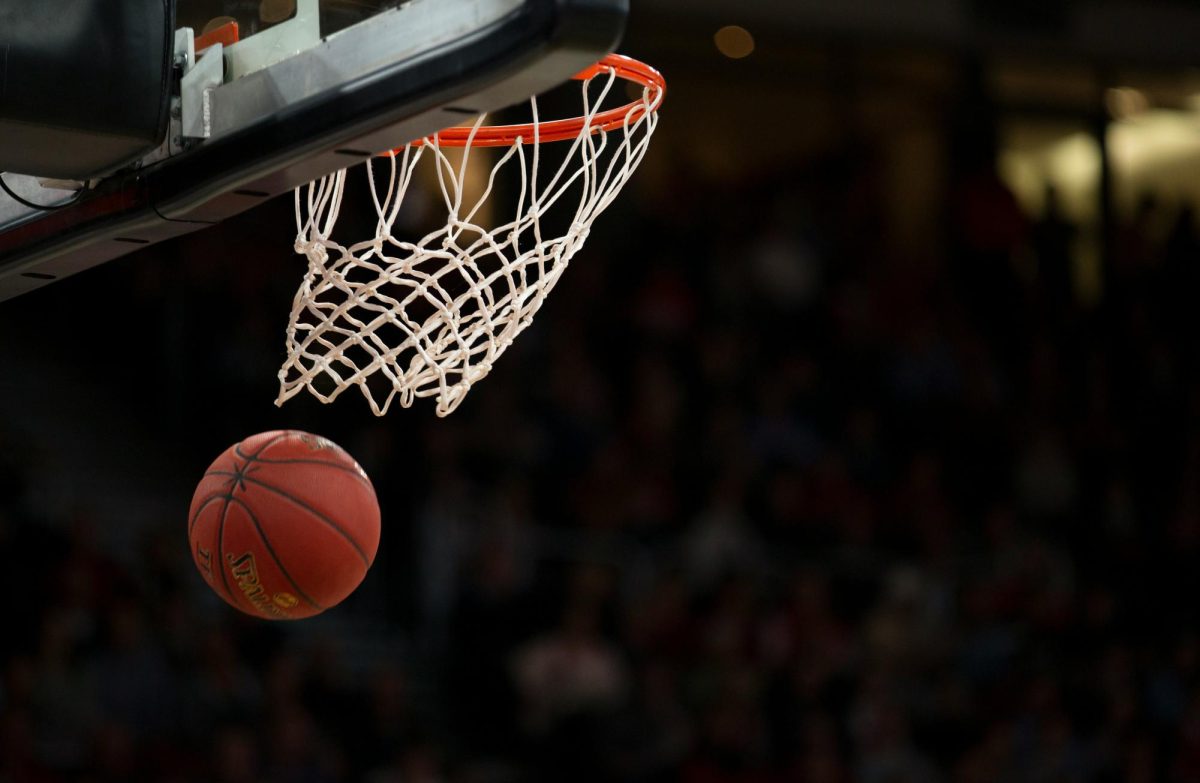It’s a chilly morning in the midst of the winter, the stars still hanging in the sky. All is quiet in Frankfurt – except for the Taunabad, which is already resounding with splashes, the result of the FIS swim team.
Starting at around 6:30 in the morning, the team gets to work. After a quick set of stretches, they dive into the pool, doing their warmups and an “energizer”. Coach Shannon explains, “This is where we just get the body going fast, so we do something quick”. After that, they get straight into their sets, which vary from day to day, from sprint sets, to technique sets, to endurance sets. “There’s a lot of discussion about what’s appropriate for the training when we’ve got a meet coming up at the weekend, looking at our individual swimmers,” Coach Shannon elaborates. “When you have a team, you’ve not only got to look at the team, but you’ve got to look at the individual swimmers and ask ‘what do they need’?”
And according to Moa, a freshman swimmer, this careful planning does not go unfelt. “One thing that you can count on is that you will get tired or out of breath every training session. Our coach would sometimes tell us ‘if you are doing the set correctly, it will feel like death at the end’. She’s correct.”
She and her older sister were always swimmers, but things changed when the two moved to Germany. “To be honest, I was thinking of quitting when I moved to Germany,” Moa explained, “since my experience on a swim team in China was really toxic and draining. Luckily, this wasn’t the case for FIS…no matter the circumstances we would always support each other.”
This perspective doesn’t only belong to Moa, however. “I love the community I get with being on the team,” Katie, a senior, describes. “Everyone is really supportive of one another, and it makes it a really fun and positive experience.”
As with other seniors in sports, Katie has to balance the IB with her athletics. However, for her, the challenge is worth the reward. “[Swimming]’s also a dedicated ‘me time’ where I don’t have to think about school or work and can spend time just swimming with friends,” she elaborates. For her, it’s best if she works around her set practice times. “It also makes sure that I am prioritizing sleep instead of overworking myself,” Katie adds. She’s been swimming since she was eight, and expressed her goals to continue swimming even after high school.
The middle schoolers also show this level of commitment. 7th grader Graham, for example, explained that he had been swimming for five years. When asked what his favorite part about the sport is, he responded, “Obviously swimming, and hanging out with my friends.”
The joy that these swimmers show in their sport is clear to see, even in their swimming itself.
“I’ve had swimmers that have come in here that can hardly swim at all, and within this very short period of time, you look at them and they’re really elegant in the water,” Coach Shannon describes. “So that’s why [I coach]: the feedback I get from the students.”
Moa also experienced these improvements: she was a part of a relay team which recently broke a school record. “For me, I didn’t even have in mind that we would break the school record, considering the pool and my competition, so it was a huge shock,” she describes. “I remember when we found out I was jumping up and down, and the four of us were really happy.”
And so even though it’s still dark, even though it’s cold, and even though the workouts are painful, these swimmers still push themselves to their limits. Yet they don’t do it for their own glory or gain.
They do it for joy, and their love to swim.






Moa • Feb 10, 2025 at
It was truly a pleasure to read. Honestly Peyton, you are a gifted writer. The swim team doesn’t really get a lot of attention so it’s so nice to read this. It describes the FIS swim team perfectly!